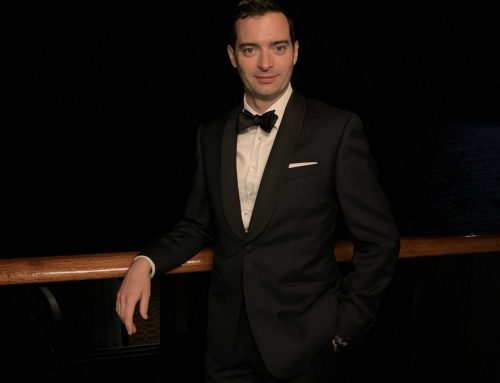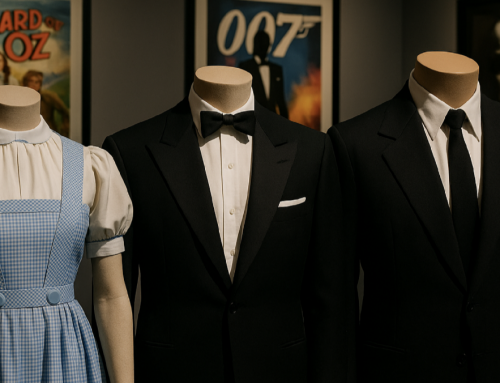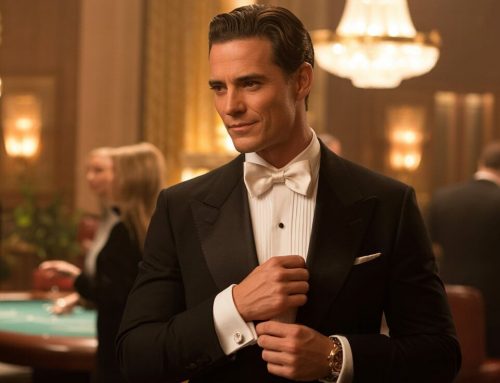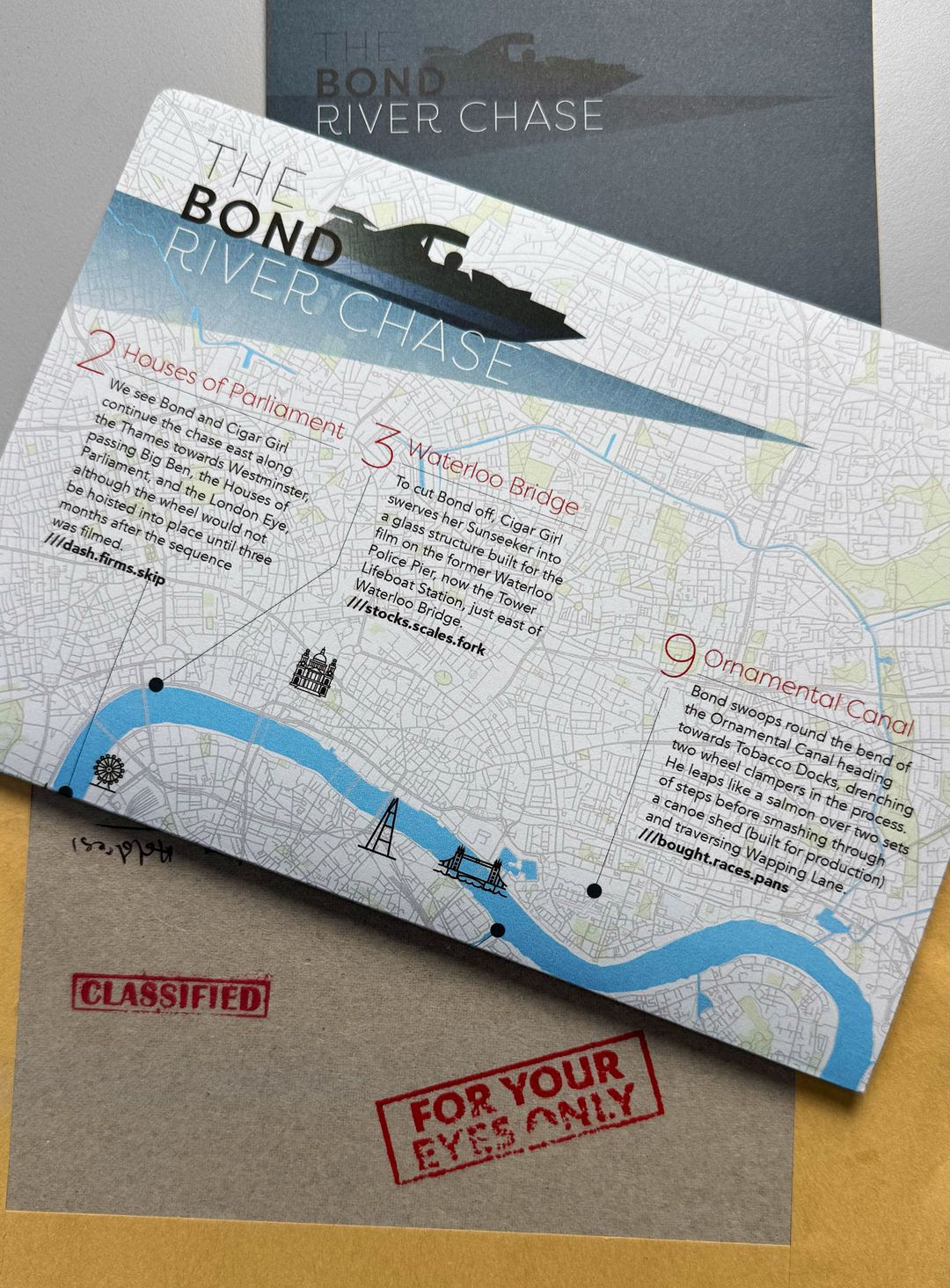Costume design goes much further than what is on the screen — it is, if you like, a tool for storytelling. It shapes characters; it creates mood, and it tells history. New Zealand cinema could not exist without this art, using clothing as one element to add credibility upon layers of fiction woven by writers, from the grandiose fantasy of The Lord of the Rings and such internationally successful works, down through to contemporary Kiwi dramas. Each article of clothing, each accessory, can reveal something about the character’s personality or his present circumstances.
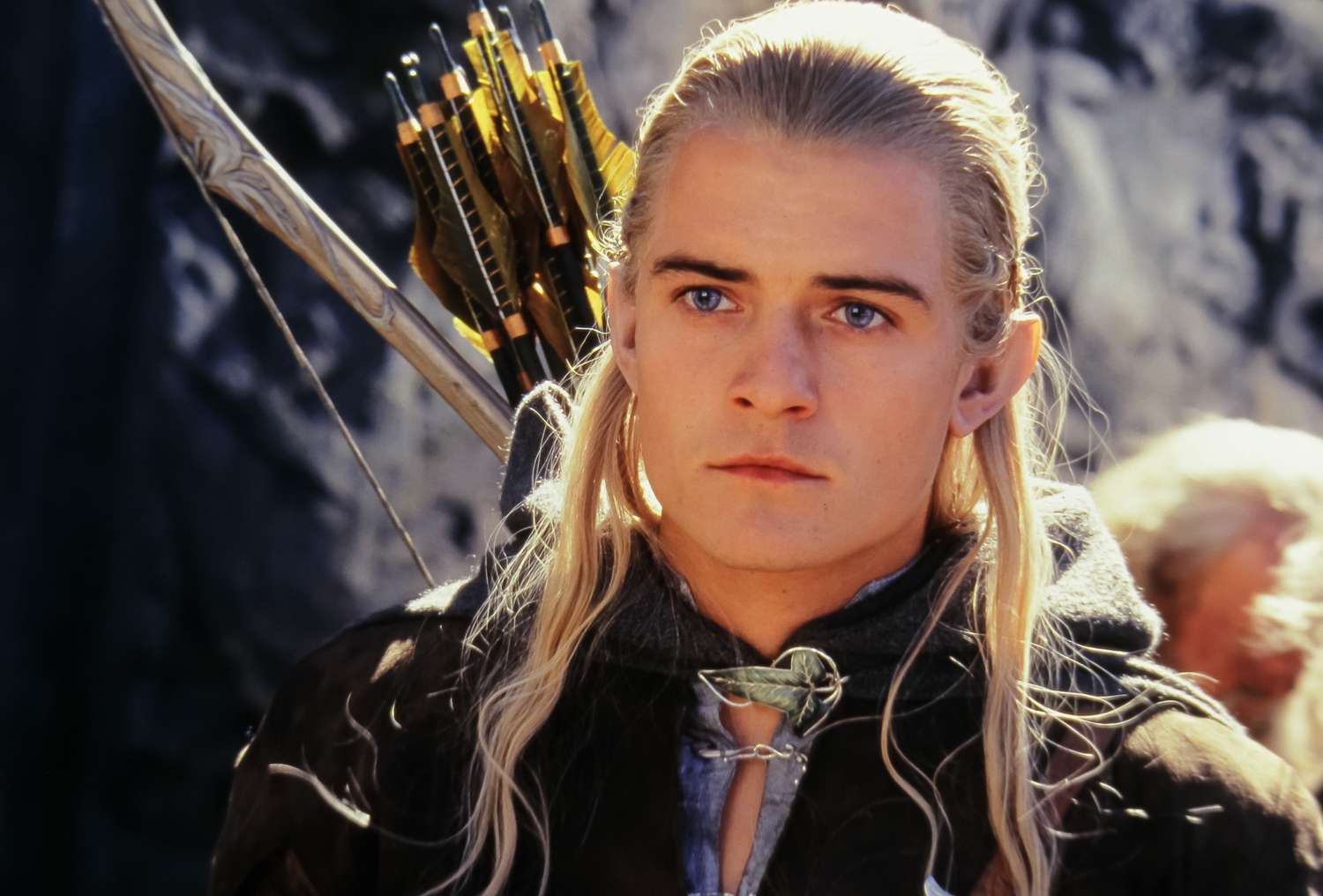
Orlando Bloom in ‘Lord of the Rings: The Two Towers’. Credit : Pierre Vinet/New Line Cinema/THA/Shutterstock
A good costume designer can make you believe in a character, however outlandish his costume. With our country’s diverse landscapes and cultural heritage, New Zealand costume designers can draw on countless sources of inspiration, from work-worn outdoor clothes reflecting rural life to traditional Maori dress that has been integrated into historical narratives. Creative inspiration can be found in all kinds of strange places by movie lovers — for example, by checking out entertainment sites like https://casinosanalyzer.co.nz/free-spins-no-deposit/for-existing-players while enjoying downtime, combining leisure with ideas for visual storytelling.
From Concept to Screen: How Costume Designers Work in NZ Films
Costume design in New Zealand starts long before the camera ever begins to roll. Dressers will talk about one case in the textbook, look at each character and scene thoroughly .At this stage, the producers discuss with the director about how they want the tone of their story to be, which period in history it is set during, and where on earth!
Dress sketches and mood boards help to get an image of the wardrobe together, aside from printing errors in color blocks or TV signals. The tone is created with a dozen costume accessories. Color palettes are chosen to reflect personality traits and also the dynamics of individual scenes. The costume design process in filmmaking in New Zealand is an embodied form of work:
- Editing and sourcing of materials: blending imported and local fabrics, using specially made tailored clothing, and handcrafting pieces.
- Rearranging and adjustment: make clothes as comfortable as possible for actors ‘ordinary lives and require that every girl he works with fits within his frame of reference in terms of dressing sense.
- Fittings and adjustments: ensure costumes allow the actor’s movement while looking visually consistent.
- Links with other departments: coordinate with hair, makeup, and prop teams so that there is no hindrance to their acceptance of what you propose, and that everything becomes inseparable on screen.
- Inventory and preservation: block costumes on the set to keep them off camera for as long as possible, and when necessity requires it, teach stunt performers how best to perform in such clothes.
The attention to detail in NZ designers’ productions, such as The, not only helps deepen a character’s personality but also serves storytelling as well. Each costume assembles character functions, and of course, ticks with viewers–complicated colors, motion densities–while retaining both authenticity and visual unity in content.
Cultural Influence: Maori and Pacific Heritage in Costume Design
The rich cultures of New Zealand’s indigenous and Pacific inhabitants are very influential in costume design. Contemporary film wardrobes often convey echoes of old Maori motifs, weaving patterns, and traditional apparel worn by men in earlier centuries. In doing so, they add authenticity and cultural richness to the displays being paraded across our screens. Designers carefully balance tradition and aesthetic appeal. To both respect cultural heritage and create striking designs fit for the camera screen is a delicate but vital medium.
For historical dramas, garments like korowai (cloaks) are reproduced with great precision. For contemporary films, subtle patterns or fabrics offer quiet nods to cultural heritage without overloading modern storylines. Pacific influences, and particularly from Samoa, Tonga, and Fiji, are evident in the bright patterns and textures that visually tell identity, community, and narrative.
Cultural authenticity comes only when costume designers in New Zealand consult local elders and artists. They do so to avoid stereotypes, although it also means that this can be time-consuming or even impossible for filmmakers. The important aim today is to weave cultural significance into the film itself. In this way, audiences can feel emotionally connected with characters and at the same time learned about different elements of New Zealand’s broad tradition.
Modern Trends in NZ Costume Design
Costume design in New Zealand films still continues to move forward through a mix of traditional and new media, from digital processes to environmentally responsible techniques. Now, designers are looking to eco-friendly textiles. He says the studio now mixes make-up with tattoos, prosthetics with props, and wardrobe parts of which may have been 3D printed. Local artisans and cultural advisors are brought together for “authenticity” that helps to reaffirm local skills and craftsmanship in New Zealand. Recent developments in costume design:
- Replace these pollutants with renewable materials, which present the rich texture and color of fine dresses with far less impact on our environment.
- These days, even props and accessories are 3D printed – a few taps on the keyboard, and they come out to your specifications in no time.
- With this kind of costume inlaid with originality and a modern sense of beauty, you’re bound to be seen as something utterly different from the great mass of historical dramas.
- At the same time, costumes were combined with the involvement of local craftspeople, their own techniques and tools, creating works that would mask with real history airbrushed out after half a century or so.
- These unique costumes are designed to accommodate stuntmen, premieres, and filming from multiple angles during their long lives as attractions both now and in the future.



